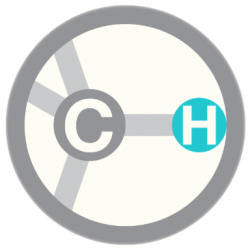Authors: Debashis Ghosh, Jessica Lo, Daniel Morton, Damien Valette, Jingle Xi, Jennifer Griswold, Susan Hubbell, Chinaza Egbuta, Wenhua Jiang, Jing An, and Huw M. L. Davies
J. Med. Chem.,
2012, 55 (19), 8464–8476
Human cytochrome P450 aromatase catalyzes with high specificity the synthesis of estrogens from androgens. Aromatase inhibitors (AIs) such as exemestane, 6-methylideneandrosta-1,4-diene-3,17-dione, are preeminent drugs for the treatment of estrogen-dependent breast cancer. The crystal structure of human placental aromatase has shown an androgen-specific active site. By utilization of the structural data, novel C6-substituted androsta-1,4-diene-3,17-dione inhibitors have been designed. Several of the C6-substituted 2-alkynyloxy compounds inhibit purified placental aromatase with IC50 values in the nanomolar range. Antiproliferation studies in a MCF-7 breast cancer cell line demonstrate that some of these compounds have EC50 values better than 1 nM, exceeding that for exemestane. X-ray structures of aromatase complexes of two potent compounds reveal that, per their design, the novel side groups protrude into the opening to the access channel unoccupied in the enzyme–substrate/exemestane complexes. The observed structure–activity relationship is borne out by the X-ray data. Structure-guided design permits utilization of the aromatase-specific interactions for the development of next generation AIs.


